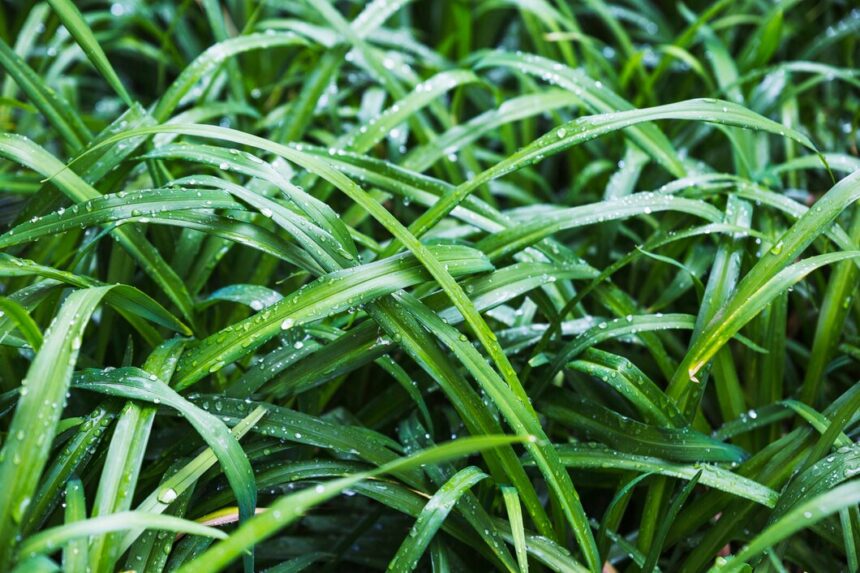Lemongrass is a popular herb known for its vibrant flavor and aromatic qualities, often used in culinary dishes and herbal teas. However, like any plant, it can fall victim to various diseases, with rust fungus being one of the most common. Rust fungus, caused by specific fungi, can significantly affect the health and yield of your lemongrass. Recognizing the early signs of rust fungus is crucial for effective management and treatment. Here are ten early signs that your lemongrass may be suffering from rust fungus.
1. Yellowish-Brown Spots on Leaves
One of the first signs of rust fungus is the appearance of small yellowish-brown spots on the leaves. These spots can gradually increase in size and may eventually merge, causing the leaf to look mottled and unhealthy.
2. Orange or Rust-Colored Pustules
As the disease progresses, you may notice orange or rust-colored pustules forming on the underside of the leaves. These pustules are spore masses that can spread the fungus to other plants.
3. Leaf Curling
Affected leaves may begin to curl or twist as the fungus takes hold. This curling can hinder the plant’s ability to photosynthesize, leading to reduced growth and vigor.
4. Wilting Leaves
If your lemongrass exhibits wilting leaves, it could indicate that the roots are compromised by the fungus. Rust fungus can disrupt the plant’s water uptake, resulting in wilting even if the soil is adequately moist.
5. Premature Leaf Drop
Another early sign is the premature dropping of leaves. Infected plants may shed their leaves to reduce the burden of infection, leading to a loss of foliage and overall health.
6. Stunted Growth
Lemongrass affected by rust fungus may exhibit stunted growth. The disease impairs the plant’s ability to absorb nutrients and water, resulting in smaller and weaker plants.
7. Weak or Spindly Stems
Infected lemongrass may develop weak or spindly stems that lack the strength to support the plant. This can make the plant more susceptible to breakage and other diseases.
8. Fungal Filament Presence
Inspect the leaves closely for the presence of fine, thread-like fungal filaments. These can often be found on the undersides of the leaves and are indicative of a rust fungus infestation.
9. Reduced Aroma and Flavor
As rust fungus affects the overall health of the lemongrass, you may notice a decrease in its characteristic aroma and flavor. This change can significantly impact culinary uses.
10. Environmental Stress
Environmental factors such as high humidity, poor air circulation, and overcrowding can contribute to the development of rust fungus. If your lemongrass is exposed to these conditions, it is essential to monitor for signs of infection.
Managing Rust Fungus in Lemongrass
If you identify any of these early signs of rust fungus, take action immediately to prevent further spread and damage. Here are some management strategies:
- Prune Affected Leaves: Remove and dispose of any infected leaves to reduce the fungal load.
- Improve Air Circulation: Ensure proper spacing between plants and avoid overcrowding to enhance air flow.
- Water Wisely: Water the base of the plants in the morning to allow foliage to dry quickly.
- Fungicide Application: Consider using a suitable fungicide to treat the affected plants and prevent further outbreaks.
Keeping a close eye on your lemongrass and recognizing the early signs of rust fungus can help you maintain a healthy and productive herb garden. By taking proactive measures, you can ensure that your lemongrass continues to thrive and provide the delightful flavor and aroma it is known for.
Join 'Farmers Mag' WhatsApp Channel
Get the latest Farming news and tips delivered straight to your WhatsApp
CLICK HERE TO JOIN






